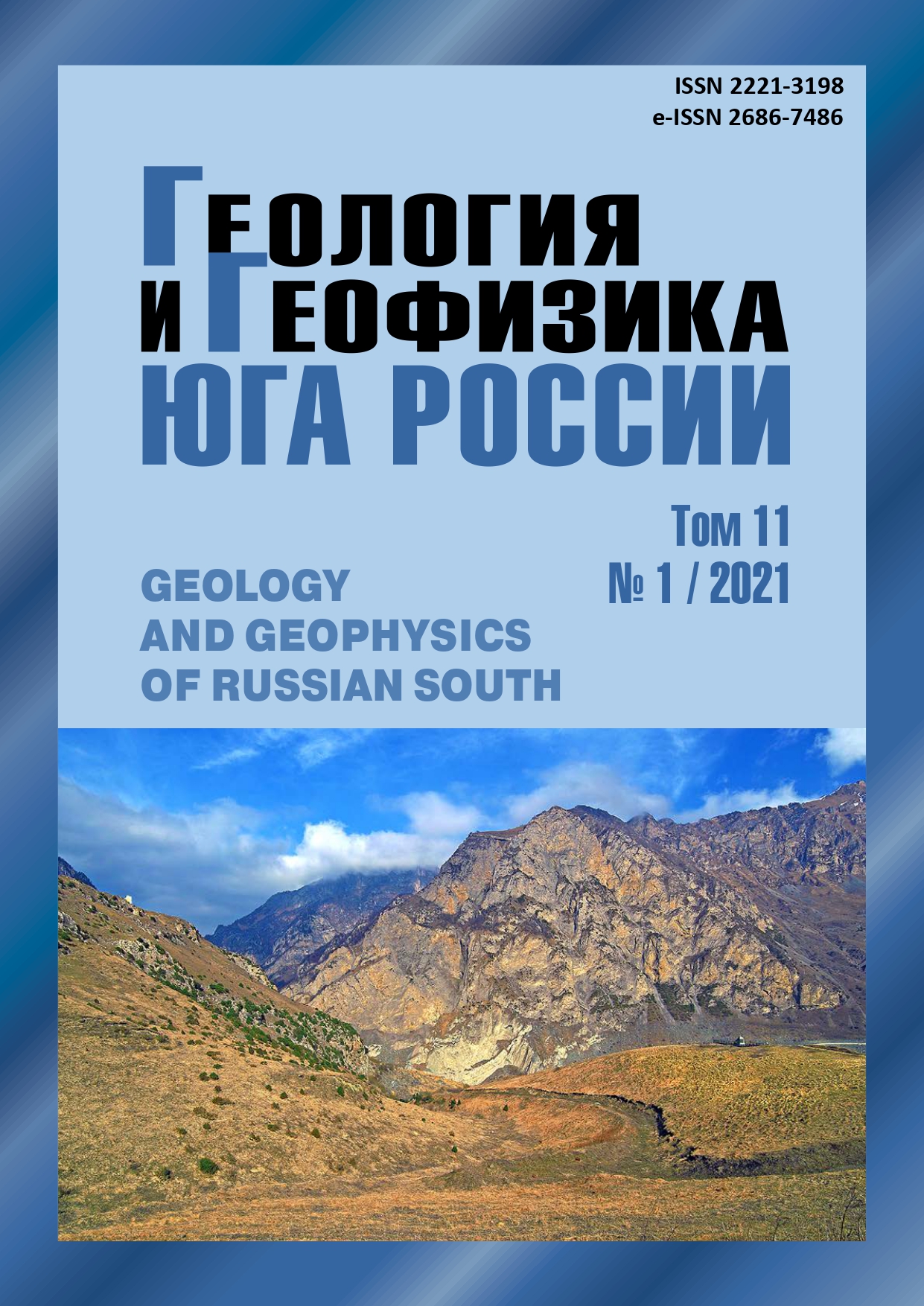Ganja earthquake of 1139
Abstract
Relevance. This work analyzes one of the largest earthquakes in terms of the number of victims (about 230 thousand people died) in the history of mankind, which occurred on September 30, 1139 in the city of Ganja (in the south-west of Azerbaijan). The intensity of this earthquake reached 9 points. The article contains historical data presented in various atlases and catalogs, manuscripts and annals. From a tectonic point of view, the Ganja earthquake occurred at the junction of the Goycha-Akerin and Lok-Karabakh zones of the Artvin-Karabakh megazone, which covers the northern ridges of the Lesser Caucasus. The aim. In order to study the seismicity and modern geodynamics of the territory of the Ganja source, a recurrence graph was constructed for the last 1500 years. The mechanisms of four sources of earthquakes whose coordinates coincide with the studiedhistorical earthquake were analyzed. The probability of a repeat for the strong Ganja earthquake of 1139 in the next 800 years was 0.30. Research methods. To calculate the focal mechanisms, an algorithm was used according to the waveform inversion method, on the basis of which the solutions of the moment tensor and moment magnitudes Mw were obtained for 4 selected earthquakes that occurred on September 30, 2012, July 2, 2015, and March 6, 2017. In the course of work, the Green’s functions were initially determined, which are used for inversion of the observed three-component broadband signals (20‑100 s) with subsequent decomposition into scalar seismic moment Mo and the main parameters of the orientation of the pair of forces – azimuthal angle, angle of incidence and angle of grazing. Results. Comparison of the strike of the nodal planes with the fault lines showed the agreement of the first nodal plane with the longitudinal Murovdag upthrust fault, and the second nodal plane with the transverse Murovdag-Zod strike-slip fault. As a result, all of the above indicates that the analyzed modern Ganja earthquakes, or rather their focal zones in the geodynamic respect, occurred under the action of compressive stresses oriented NE-SW direction.


